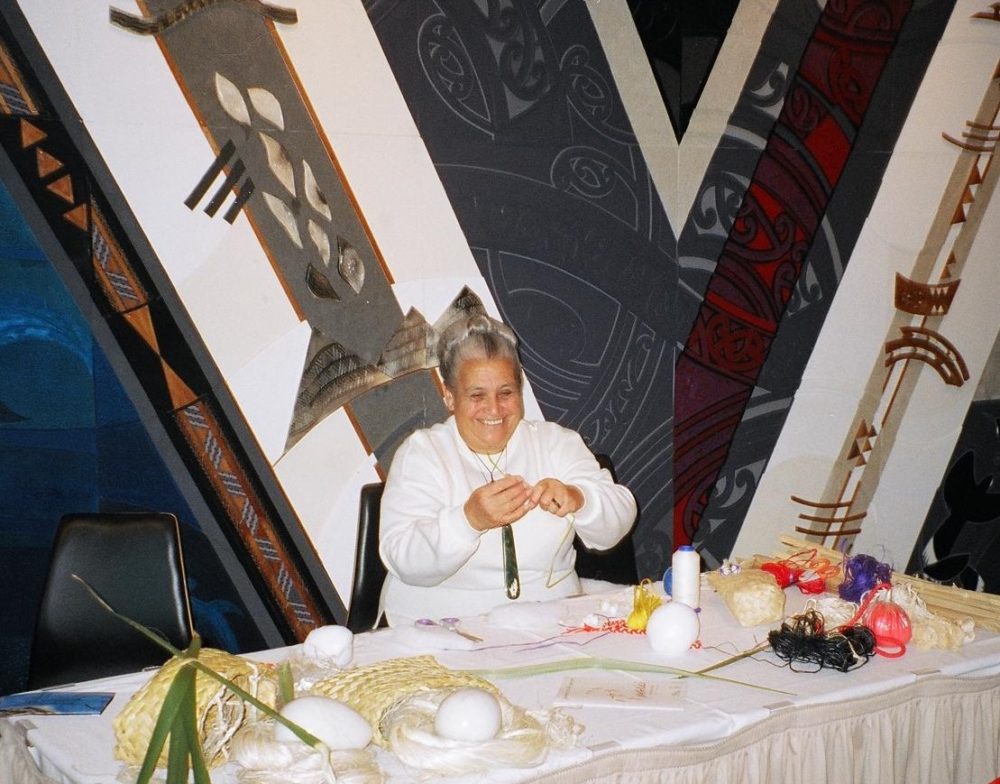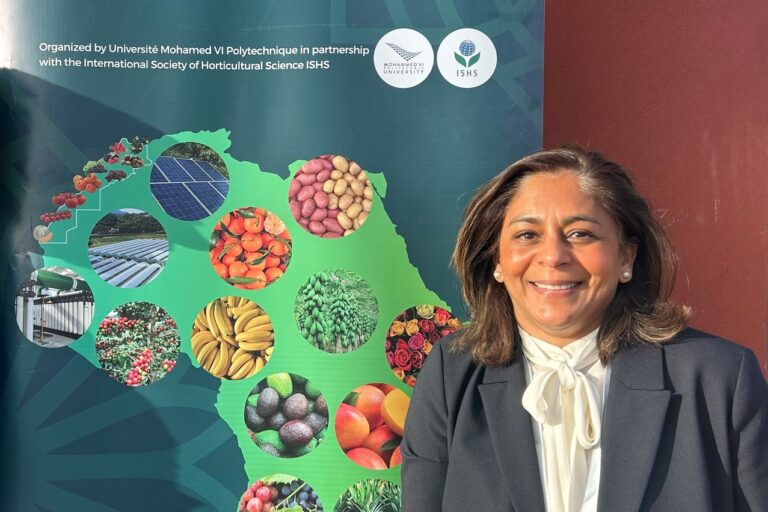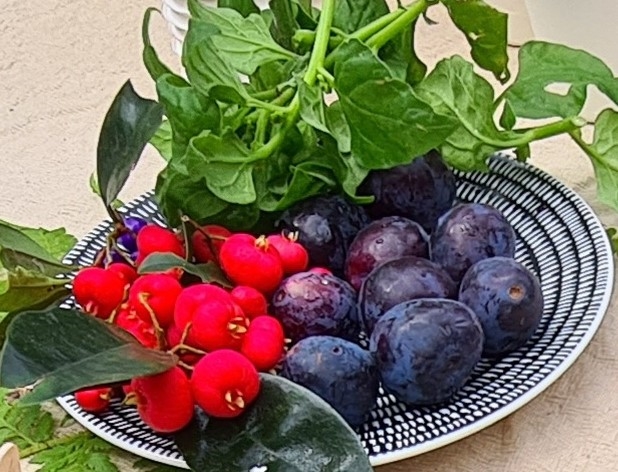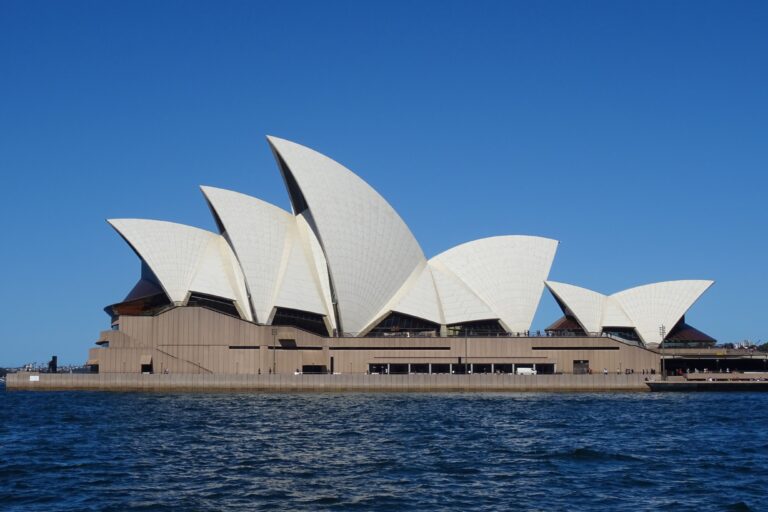By Neena Bhandari
Wellington, 03.12.2005 (The Australian): In the freezing cold, a mellifluous voice penetrates the stillness as we are treated to a traditional Powhiri or Maori welcome ceremony before being ushered into the Maori Treasures complex near Wellington.
Powhiri is the protocol for establishing a new relationship with all the five senses – sight, sound, smell, touch and taste. The ceremony is completed with a Hongi or pressing of noses, which acknowledges sharing the same air and touching foreheads, signifying sharing the same knowledge. After this, from a visitor one becomes tangata whenua (people of the land).
Inside the Maori Treasures complex, five generations of creativity is on display. The Hetet family has integrated traditional Maori arts, which have always been integral to Maori culture, with tourism and education. The arts have been transmitted to generations through music, carvings, weaving, story-telling and reciting genealogies.
Co-owner of Maori Treasures Erenora Puketapu-Hetet is internationally renowned as a weaver of traditional korowai (cloaks), a tradition handed down to her by her husband’s grandmother, Rangimarie Hetet. Erenora, who teaches at a tertiary institute explains, “The way weaving is taught today is very different from when I learnt it from my mother 25 years ago. We just had to listen, watch and ask no questions, but today students participate and interact with the teacher”.
In the past, Maoris made clothes and ropes by weaving flax and other natural fibres. A musical shell was used to separate the incredibly soft and strong flax fibre. Displaying a cloak made of 10,000 feathers plucked from a kiwi bird, she says, “It is hand woven without needles. Two strands are plied by rolling. This finger twine technique is unique to the New Zealand Maoris”.
Each family has cloaks for different occasions like graduation and marriage, which are passed down generations. The specific designs signify the weaver’s place of origin and tribe. Besides kiwi, wood pigeon and pheasant feathers are also used.
The essence of traditional Maori stories is manifested in contemporary art. As Darren Ward, carver and musician, demonstrated to our keen group various kinds of wood instruments, their sounds and use at celebrations and ceremonies like child birth, marriage and funeral.
While demonstrating a wooden instrument that was played on the stomach of an expectant mother to relax the child and mother through vibrations, Darren explains, “Where there is artistic excellence, there is human dignity. Some instruments can be played in three different ways and have complex methodology concept”.
Visitors to the complex have the opportunity to interact with the artists at work. The complex houses a Maori Art School, Konae Aronui Wananga, and runs other training programmes.
As co-director Lillian Hetet-Owen says, “The enterprise is aimed at developing cultural products that demonstrate the essence and spirit of Maoris in this region, besides creating sustainable work opportunities”. This year Maori Treasures was showcased to international buyers and wholesalers alongside New Zealand’s best at TRENZ (Tourism Rendezvous New Zealand), the tourism industry’s premier trade show.
The registered Maori trademark, Toi iho, is gradually beginning to embed itself in the national marketplace. It refers to the essence of the Maori art and culture comprising its traditions and values, creativity and innovation, preservation and sharing of knowledge through generations and insistence on authenticity and quality. The Toi Iho license has name, profile, tribe and a unique number allotted to each artist.
As Kataraina Hetet, Director of the gallery Ora Design and Art Space and an active member on Te Waka Toi, the Maori Arts Board of Creative New Zealand, set up to promote authentic Maori arts and crafts says,“For art to survive, one needs to commercialise and maintain its authenticity. This is helping promote the work of Maori artisans and giving them a life that enhances creation”.
A multi-media exhibition of Maori Women has drawn inspiration from the annual phenomenon of the appearance of Matariki, a cluster of stars called Pleiades, in the southern hemisphere during May-June, which heralds the Maori New Year.
“They tell us that all things in life continue surviving. This exhibition is an exploration of what the Maori did beyond the simple need to survive. In our art, we explore the Maori and European settlers’ influence”, remarks Melaina Newport-Karaitiana, a photographer, who feels while there is more interest and support for Maori and Polynesian artists, recognition from the New Zealand government is lukewarm.
While Maori women have been going to polytechnics and art schools, it is at the local Marae where the old and young together weave, carve, paint and learn the traditional arts. Emareina began weaving at the Marae when she was expecting her son. “The smell, the feel and everything one can do with flax had a calming and relaxing impact on me. I also learnt about my culture as we explored the past through traditional patterns and techniques”.
Today, the demand for Maori artefacts and apparel is growing in the domestic and international markets. As fashion designer Kirsha Whitcher says, “I always made innovative things at home because I couldn’t afford to buy trendy clothes”. Her first range of apparel, an amalgamation of street and high fashion, resplendent with bird designs and Maori words, has just hit the catwalk.
Like art, amongst the Maori sharing food is about hospitality, caring and respect. In the past, Maori routinely practised traditional rituals and protocols for gathering, preparing, cooking, storing and distributing food on a Marae.
Ripeka Kireka, a fourth generation Maori who won the 2005 Best Baked Bread Award at the Hawke’s Bay Farmers’ market says, “I have basically modified my grandmother’s recipe. Food is a neutral thing and hospitality is important for Maoris. Among Maoris, baking bread is a way of life and it is our staple diet.”
For those seeking a traditional village market experience, the Hawke’s Bay Farmers’ market satisfies even the most discerning appetites. Home to country’s largest fruit, vegetable and meat companies, many small producers have carved a unique niche with their specialised food business.
For interactive tourists, along with food, music and dance are a big attraction too. It is the Maori haka, a fierce dance-chant, which has become internationally recognised especially by sports fans following New Zealand’s national rugby team, the All Blacks.
However, it was the seductive Poi dance, which is about remembering history and genealogy and ensuring that the new generation learns the oral history of Maoris, set me tapping. The dance movements are good for dexterity and suppleness of wrist, releasing stress and tension.
As Mei Winitana explains, “Poi is a little ball tied at the end of a string. It was used as a memory aid to remember the genealogy, chants, and stories of our forefathers. The movement and rhythm together helped remember the words. It is also a flirtatious, sexuality tool”. One can see the influence of 200 years of Victorian morals in the manner the arm movements have been modified. The modern poi is flashy and bigger.
“All Maoris are musically inclined and are making the most of this new found recognition of their talent”, says violin virtuoso Elena of Ngati Kahununu tribe, who has been playing the violin since she was seven years old, thanks to her Dutch stepfather’s encouragement. However, as a child and adolescent she was ostracised by Maoris for playing a European instrument and rejected by the Europeans for being a Maori.
According to the 2001 census, one in seven people in New Zealand are Maori, making up 15 per cent of the total population of 4 million. In the past decade, the Maori population had grown by 21 per cent.
In a god-fearing and relaxed community, Maori elders are trying to coax the younger generation to educate themselves in their own culture. As 67-year-old Dikihoro Mulligan says, “Even many Europeans who have lived here for generations don’t know about us. We are using tourism as a catalyst to preserve and promote our art and culture”.
Maori women have, indeed, been playing a vital role in providing an insight into Maori traditions and history to the over 2.3 million overseas travellers that visit Aotearoa (Maori name for New Zealand) or Land of the Long White Cloud.
© Copyright Neena Bhandari. All rights reserved. Republication, copying or using information from neenabhandari.com content is expressly prohibited without the permission of the writer and the media outlet syndicating or publishing the article.




